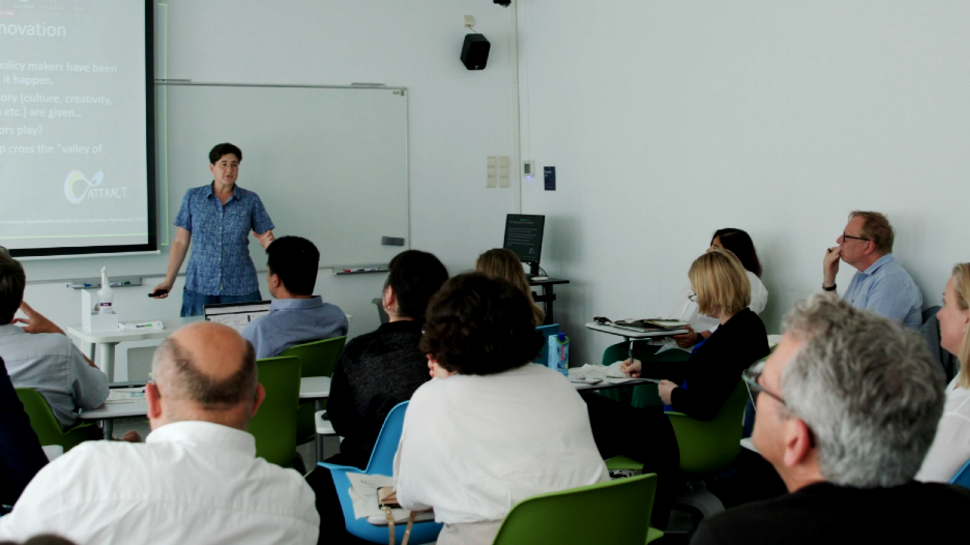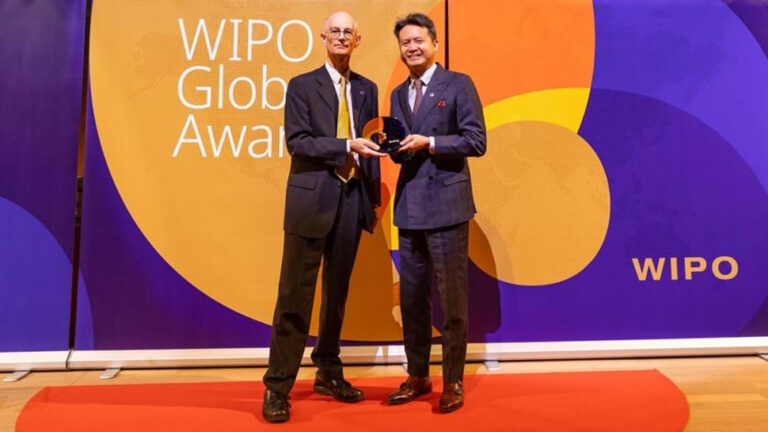The ATTRACT initiative represents a new paradigm for leveraging basic scientific research to generate broader socioeconomic impacts. Designed to enhance innovation ecosystems, commercial applications, and skills development, it seeks to bridge the gap between large-scale science and societal needs. Evaluating the effectiveness of this approach provides valuable insights into how research infrastructure can contribute to innovation and socioeconomic growth.
The CASEIA project investigates how the ATTRACT phase 1 support mechanism influences outcomes at the project level. This study assesses the program’s influence across six dimensions: serendipity, knowledge spillovers, spin-offs, skills and learning, social structures, and broader socio-economic impacts. The analysis included three case studies: two ATTRACT-funded projects (SCINTIGLASS and OptoGlass3D), with a similar initiative that lacks ATTRACT support (PANDA).
SCINTIGLASS develops cost-effective, radiation-hard inorganic scintillators for calorimetric detectors using cerium-doped binary glass compositions, targeting particle physics and photodetector applications. OptoGlass3D, which also received ATTRACT phase 2 funding under the name Glass2Mass, focuses on high-resolution 3D printing of optical glass with adjustable properties through two-photon polymerization.
The comparator project, PANDA, is based at the Facility for Antiproton and Ion Research (FAIR) and aims to create an innovative calorimeter for antiproton research without ATTRACT’s financial backing. By examining these three projects, CASEIA provides insights into how ATTRACT’s support mechanism shapes research outcomes and innovation trajectories.
With this analysis, the research team is not only measuring ATTRACT’s success and formulating recommendations for the future, but it also enables them to develop a toolkit for measuring the impact on large-scale science infrastructures. For instance, they identified a need for a more structured approach to fostering serendipity and improving the measurement of the socioeconomic effects.
The project is coordinated by FAIR in partnership with three organizations: Fraunhofer-Gesellschaft, the Human Sciences Research Council South Africa, and Steinbeis.
Here you can watch a video of the CASEIA project:
For additional information about the program, visit here.


